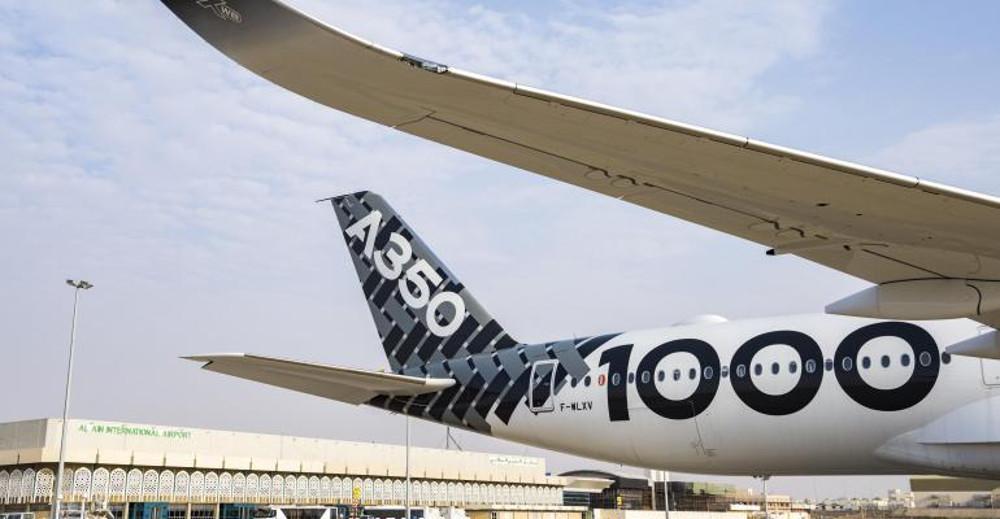
As conventional turbofan engines brush up against the limits of what is possible regarding fuel efficiency, the next big improvement is likely to be made by new fuels, propulsion technologies and airframe designs.
Recognizing this, Airbus chief executive Guillaume Faury noted in a recent earnings call that “in the perspective of the future architecture of decarbonized planes, aerostructure assembly is core for Airbus”.
He also pointed out that future aircraft will rely on “digital design and manufacturing where the integration between design and production systems will be much deeper”.
This may be a nod to growing automation in the production process as well as the potential of 3D printing, which can translate complex designs from the computer screen into manufacturable propositions to a much greater extent that conventional methods.
However, Faury also implied that Airbus is not seeking major acquisitions to broaden its aerostructures capabilities or capacity, or to ensure Airbus retains control of a core capability – noting that most of its current production rests within the company and its subsidiaries.
It may seem redundant to point out that an airframer regards airframes as its core business, but contrast this stance with that of Rolls-Royce, the engine OEM that is planning to divest some production capabilities while holding on to much of its valuable services business. Furthermore, the OEM to intends to halt development of its Ultrafan after testing concludes next year.
Looking ahead, there may even be some interplay between these trends: if slower research and development at the traditional engine OEMs forces Airbus to seek much bigger gains from aerostructures for the next generation of aircraft than it has in the past.





